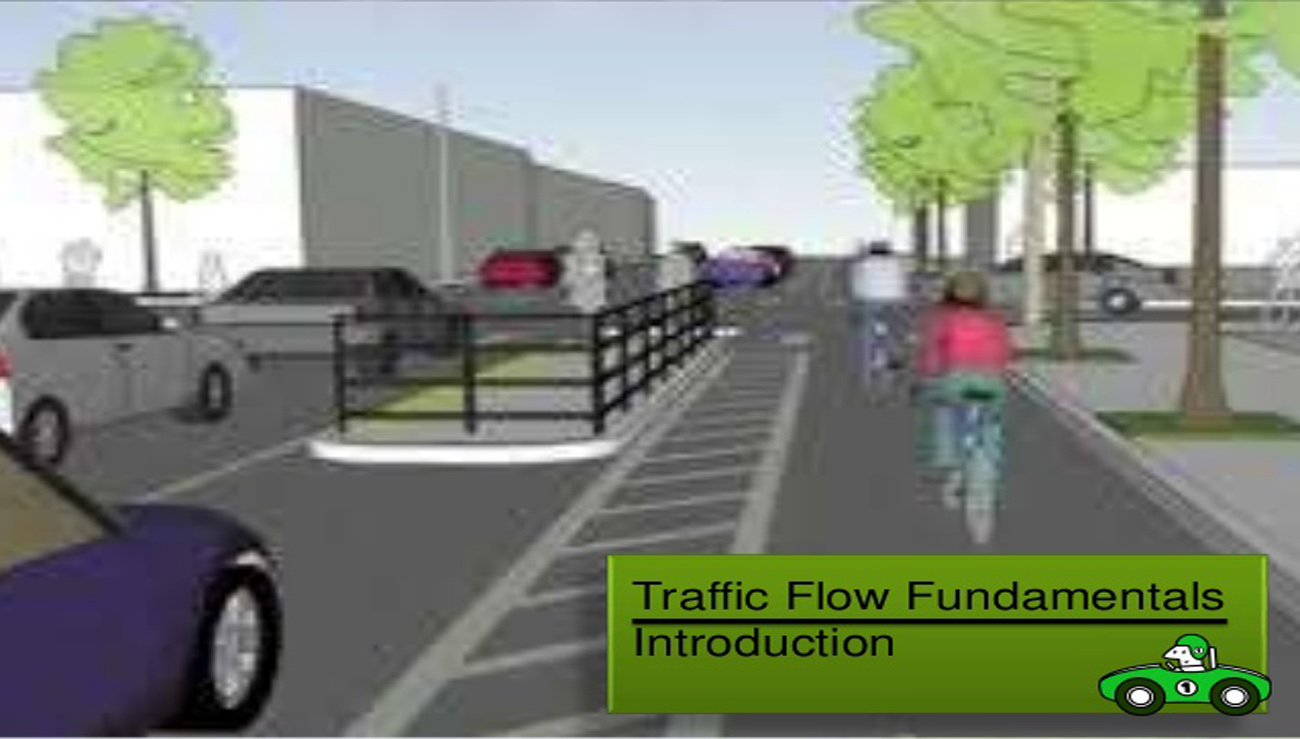
Identification of Housing Crisis in a Confined Settlement: A study of Mohammadpur Geneva Camp
Abstract:
Urdu speaking people living in Geneva camp of Dhaka have become a marginally displaced community since 1971. Geneva camp is overcrowded as they have no chance of living outside of the camps because of their statelessness. The camp is a densely-populated settlement and have its own natural physical growth in terms of social and economic transformation day by day. This brings a lot of physical, socio-cultural and economic problems. Geneva camp is a compact and confined living place for its inhabitants. For many of them it is also income generating place and thus source of their livelihood. It is important to identify the problems of this settlement to take further necessary actions to mitigate those. This study illustrates the housing problems in different domains in the Geneva camp with their attributes. Lack of spaces and other facilities in a low-income settlement have their impact on the way of overall livelihood of the inhabitants. The physical characteristics and other major factors that affect the physical environment of settlement are discussed in this paper.
Author(s):
DOI:
Keywords:
References:
BBC News. 19 May 2008, Citizenship for Bihari refugees. BBC News. 19 May 2008.
Bhattacharjee, M. 2018, Dynamics of Social Exclusion in Urban Bangladesh: A Sociological Study of Bihari Community, Bangladesh Sociological Society, 2018 – bangladeshsociology.org
Haider, Z. 2003, Repatriation of the Biharis Stranded in Bangladesh: Diplomacy and Development, Asian Profile, Vol. 31, No.6, December.
Iqbal, J., & Nazneen, S. 2014, Situation Analysis and Recommendations for Water, Sanitation and Hygiene of Mohammadpur Geneva Camp. CUS Bulletin.
Minority Rights Group International, 2019, Bihari, World Directory of Minorities and Indigenous Peoples, website https://minorityrights.org/minorities/biharis/ accessed on 16 September 2019.
Mowla, Q.A. and Afrin, S. 2008, Evaluating the Housing Situation for the Urban Poor in Dhaka, The Jahangirnagar Review, XXXII, 2008, pp.91-104.
Muhtasim, A. 2018, Exploring Incremental Modularity of Town Hall Refugee Camp, Context.bd, https://contextbd.com/exploring-incremental-modularity-town-hall-refugee-camp-aiub/
Rashid, M. 2019, Transformation of Housing in Low-income Settlement: A Study of Domestic Spaces in Ershad Nagar Resettlement Camp, Nakhara: Journal of Environmental Design and Planning. 16, (Jun. 2019), pp. 119-146.
Refugees International 2006, Citizens of Nowhere: The Stateless Biharis of Bangladesh – Refugees International 2006 report Archived 14 June 2007
Sholder, H. 2011, Housing and Land Rights: The Camp-Dwelling Urdu-Speaking Community in Bangladesh, Refugee and Migratory Movements Research Unit (RMMRU),
Siddiqis, D. M. 2013, Left Behind by The Nation: ‘Stranded Pakistanis’ in Bangladesh, Sites: new series · vol 10 no 1 · 2013 DOI: https://doi.org/10.11157/sites-vol10iss2id253
The Daily Star, 26 May 2018, Geneva camp in Dhaka’s Muhammadpur.
The state of The World’s Refugees 2000, Fifty Years of Humanitarian Action – Chapter 3: Rupture in South Asia, p. 14, Oxford University Press (OUP), January 2000
UNHCR, 2019, The UN Refugee Agency, https://emergency.unhcr.org/ Retrieved 16 September 2019.
United Nations Human Settlements Programme (UN-HABITAT), 2003, The challenge of slums : global report on human settlements
VOA News, 27 October 2009, Bangladesh/Pakistan: Bihari Refugees Stranded In Bangladesh Since 1971, https://www.voanews.com/archive/bangladeshpakistan-bihari-refugees-stranded-bangladesh-1971
Wikipedia 2019, Stranded Pakistanis in Bangladesh, https://en.wikipedia.org/wiki/Stranded_Pakistanis_in_Bangladesh. Retrieved 21 September 2019.




